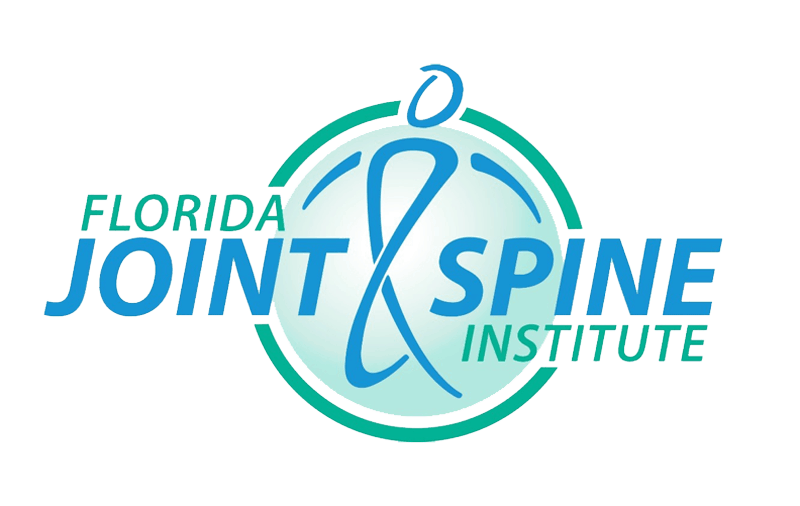More than 24 million adults with arthritis are physically limited by the disease. That number represents a 20 percent increase from 2002 to 2014, according to new data from the U.S. Centers for Disease Control and Prevention. Some have trouble holding a cup and others find it hard to walk to their car. About 54 million adults have
What is arthritis and how many people have it?
Simply put, arthritis refers to joint pain. Many people are surprised to learn that there are more than 100 different kinds of arthritis. The most common type is a degenerative disease called osteoarthritis which
Most of us know someone with “knobby” knuckles which is a manifestation of osteoarthritis in the hand. Osteoarthritis results from deterioration of joint cartilage and underlying bone. It commonly affects the hands, knees,
At what age does arthritis typically strike adults and can younger people get it?
Inflammatory arthritis does not discriminate and can strike any at age, including infancy. Years ago there was a popular ad campaign featuring a photo of a young child in a wheelchair with the slogan “This little old lady has rheumatoid arthritis.” Osteoarthritis is more common with age, symptoms usually start after age 40. By age 85 it is estimated that 50 percent of the population has osteoarthritis of the knee and 25 percent have hip arthritis. The onset of osteoarthritis can be accelerated in people with a history of trauma, such as professional athletes. Genetic factors can also lead to earlier osteoarthritic symptoms. Recent studies show Americans are developing degenerative arthritis at a younger age. This earlier onset is thought to be related to the obesity epidemic. Statistics estimate that two in three adults are overweight and one in three are obese.
How can it affect
Symptoms of arthritis include joint pain, stiffness, swelling and loss of motion. Managing simple activities of daily living can be difficult depending on which joints are involved. Gripping a coffee cup or pen can be hard for those with arthritis in the hands. Walking up steps, bending and stooping can be problematic in those patients with knee symptoms. Hip arthritis can make it difficult to put on shoes and socks.
What can people do to improve symptoms on their own?
The first step for people with persistent or recurrent joint symptoms is to get a proper diagnosis. This is important
It is important not to underestimate the role that lifestyle changes can make in easing the pain and preventing the progression of osteoarthritis. Several studies show that even modest amounts of weight reduction in the
Florida Joint & Spine Institute perform joint and spine surgery in patients with advanced disease. Physical and occupational therapists can help those who would benefit from assistive devices and need a supervised therapeutic exercise program. While we may still have a long way to go in finding the cure for arthritis, patients have many resources available to them to enhance their quality of life.

